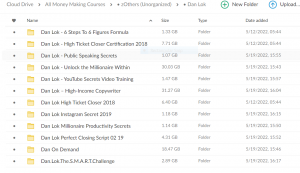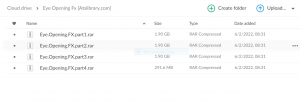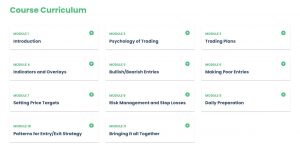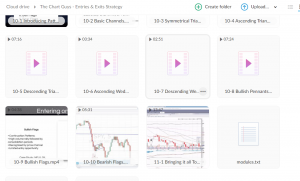About Course:
Developed for FIG-focused investment bankers, equity research analysts and corporate finance teams at banks, this course guides trainees through a bank’s financial statements, unique drivers, and regulatory framework. Please note, this bank & FIG modeling course is sold as a PDF E-Book and no video component.
Section One: Building a Bank Forecast Model
- Develop an advanced bank forecast model, projecting asset and liability balances, interest rates, and spreads for key assets and liabilities using industry best practices.
- Learn to effectively forecast the loan portfolio, investment securities, and deposits.
- Understand how to model and forecast allowances for loan losses and net charge-offs (NCOs).
- Model regulatory constraints and analyze their effects on leverage, capital ratios, and profitability.
- Forecast net interest income (NII), asset yields, funding costs, and interest-earning assets (IEA) and liabilities (IBL) using a method that accounts for typical disclosure gaps, ensures internal consistency, and avoids common modeling pitfalls.
- Master common forecasting techniques for non-interest income and expenses, such as fees and compensation.
- Identify the most appropriate “plugs” in a bank model to ensure balance and address circular reference issues.
Section Two: Building a Bank Valuation Model
- Use the forecast model results to build a residual (excess returns) income model.
- Develop an adjusted dividend discount model using best practices tailored for banks (distinct from non-banks).
- Analyze how regulatory capital constraints affect valuation.
- Develop assumptions for return on equity (ROE), risk-weighted assets (RWA), cost of equity, and minimum capital ratios that are internally consistent for a multi-stage model.
- Compare other valuation approaches, such as comparables (comps) and discounted cash flow (DCF), identifying the strengths and limitations of each.


 Over 1.000 comments
Over 1.000 comments









